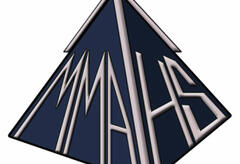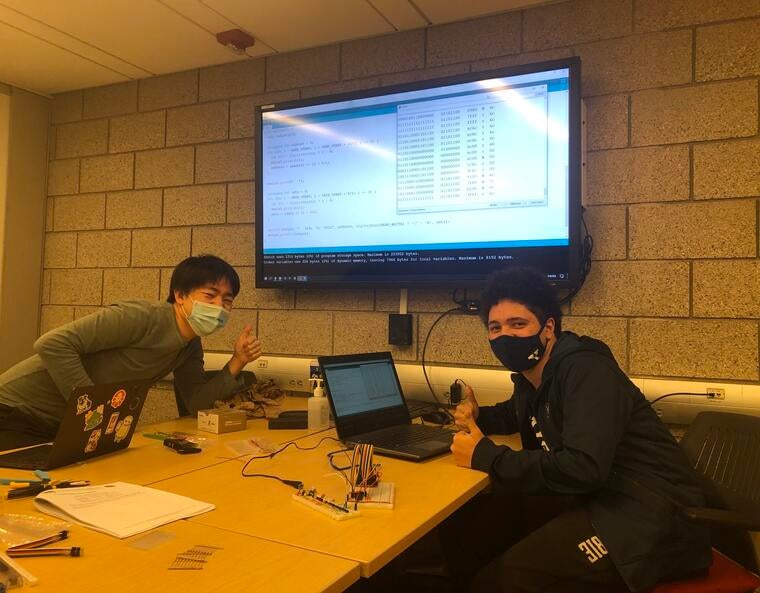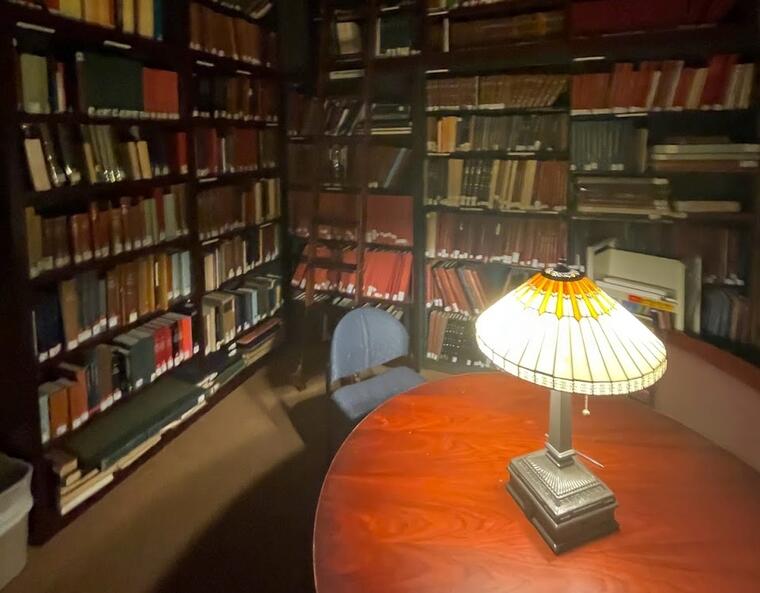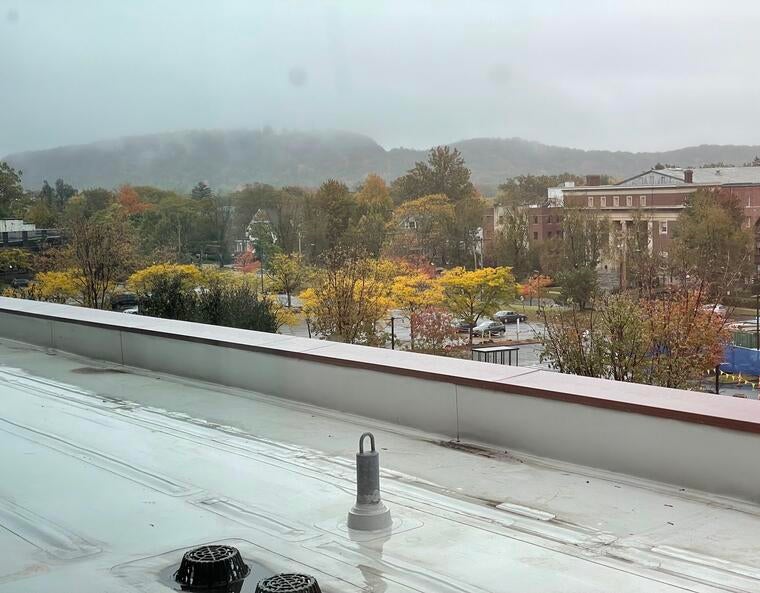
Picture this. It all began when I was three. While out in a music store with my parents, I managed to get separated. Lost and alone, I was disoriented, afraid, and had no idea what to do next. All of a sudden, I heard the crisp noise of a bell, whose bright, shining tone led me to find my parents again. Ever since this miracle, I studied handbells for eight hours a day, researching and tinkering endlessly to attempt and recreate that momentous sound that changed my life.
Of course, this backstory is completely fabricated. Joining the Yale Handbell Ensemble was a thing I wasn’t even aware of prior to coming to Yale. However, ringing a bell for fun during the club fair and going to the first meeting got me hooked instantly. It was just bundles of innocent musical fun— since no prior musical experience is required to join, there’s no pressure to perform perfectly, no tense competitiveness cutting through the atmosphere during every meeting. It’s simply an hour where we can all try our best to play our part and have fun.
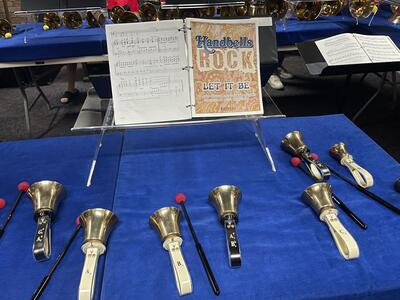
Playing handbells is a surprisingly challenging thing to do. Each bell can play one pitch, meaning that each person can only reasonably be expected to be responsible for about three or so notes and their related sharps and flats. However, the sheet music everybody reads includes all of the parts in one, so it can be rather difficult to pick out exactly when a player is supposed to play. On top of this challenge, in order to play multiple tones at the same time, each player has to take into account the amount of time to actually ring the bell. For example, take a look at the bells below:
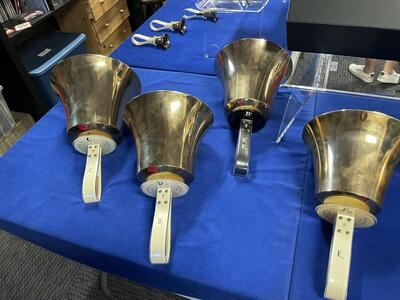
These are the low bells, and they’re heavy— somewhere about 10 to 20 pounds, maybe? The physical action of ringing the bell requires a considerable amount of force. This also means that there’s going to be a pretty significant delay between starting to ring the bell and the bell actually sounding, especially compared to the smaller bells shown in the first photo. There’s also a surprising amount of complexity in the techniques used to sound the bell! For example, you can “echo” the bell by gently touching the bell on the table after it is rung, which creates a kind of pulsating effect.
One great thing about Handbells is the location. We get to practice on Harkness Tower, which, albeit the laborious stair climb to the top, is a wonderful place. There’s a few places where you can step out and look outside to get gorgeous views like this one (which I also used for the thumbnail, since it’s really nice):

If I recall correctly, the current plan is to perform the Monday before Thanksgiving break. We’ll see how that goes, since COVID restrictions might mess things up. In the meantime, however, I’ll just be enjoying the rehearsals and the fun music we get to play!






